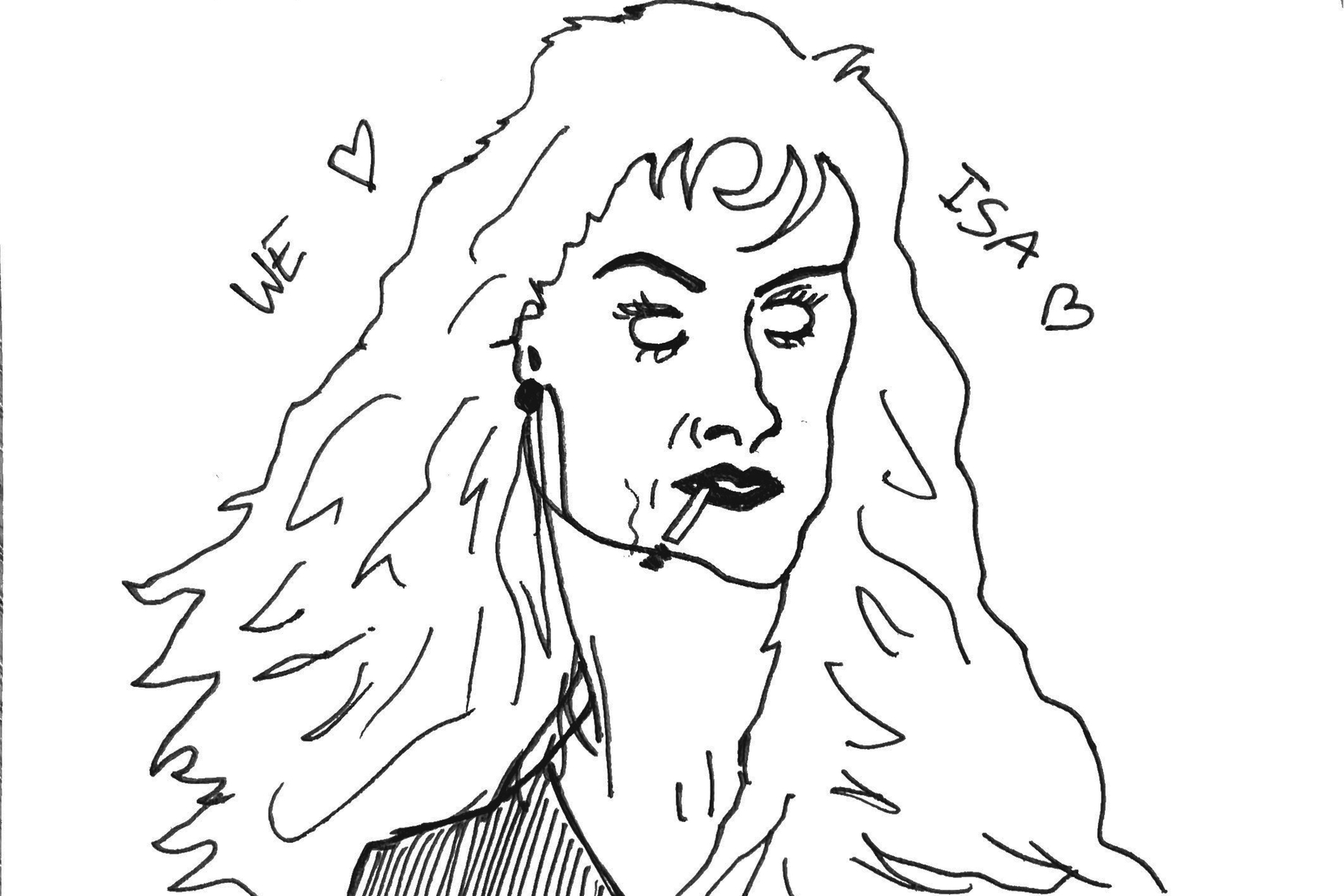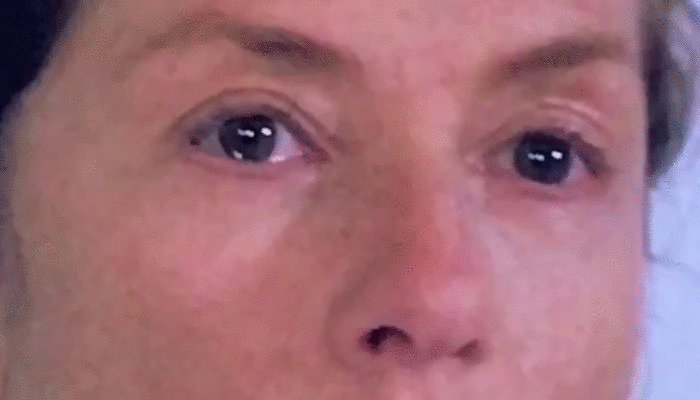The Six Artworld Roles We Deserve To See Isabelle Huppert Play by Karim Crippa
If you haven’t seen a movie starring Isabelle Huppert, have you even lived? The prodigious French actress can play anyone and anything, from deranged Viennese piano teacher to terminally-ill TV star. But we have yet to see Huppert fully unleash her talents in a fictional context that would fit her as immaculately as an Armani gown: the artworld. Here are six suggestions of art-related roles that could remediate to this regrettable situation, and in which Isa would undoubtedly shine.
Text and illustrations by Karim Crippa
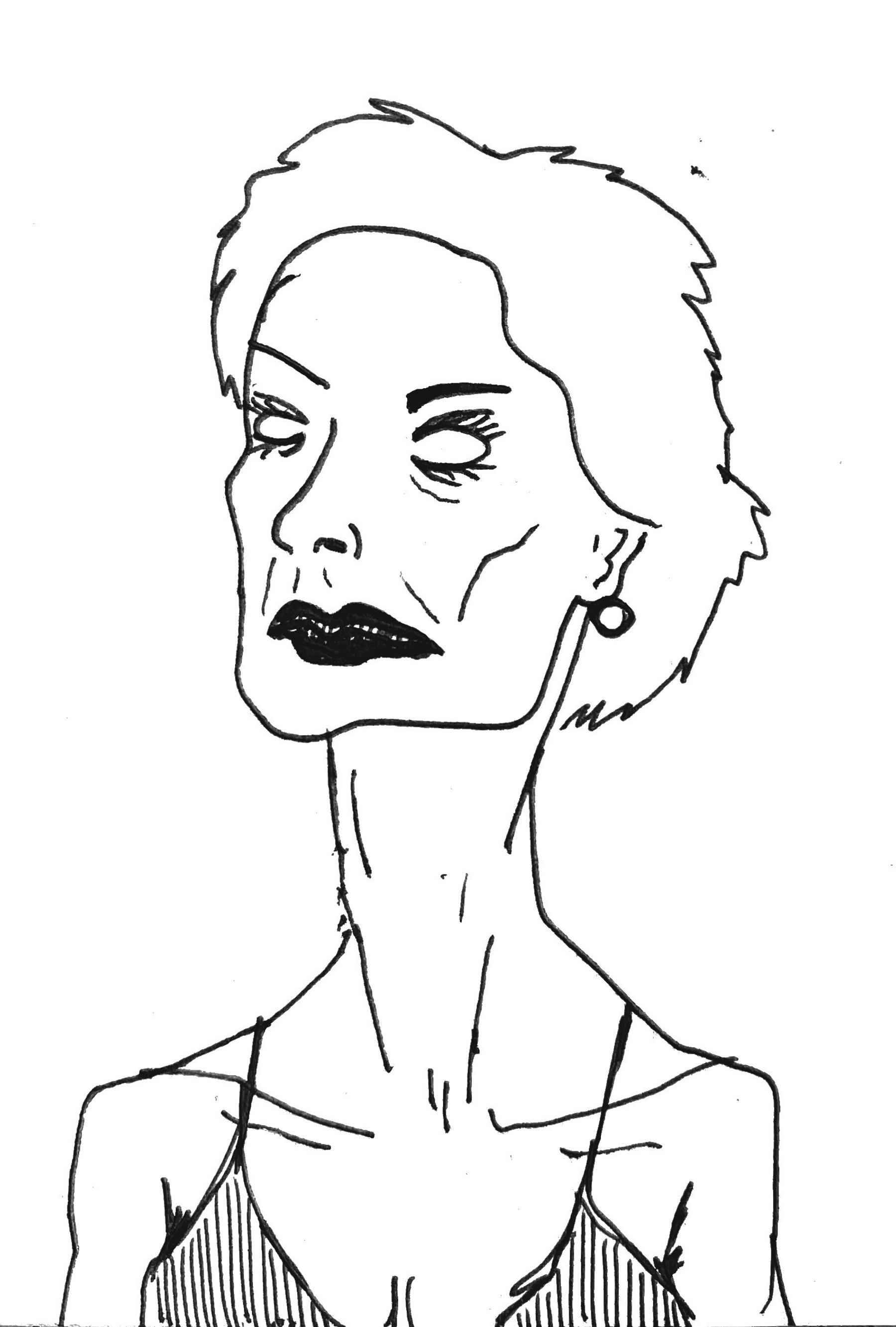
The icy gallerist
In a movie soberly titled 'la galeriste', Huppert plays Francoise, a Parisian art dealer more glacial and unforgiving than an Antarctic blizzard. The storyline is unclear, but mostly highlights her character shredding interns, artists, and her disappointing children into pieces by way of glances so saturated with elegant disdain even the viewer may feel shame for not having lived up to her unrealistic – and technically unknown - expectations. Huppert does so while clad in silk blouses as austere as silk blouses can get, either standing with her arms crossed in an almost empty white cube or lounging on some inconveniently-shaped Charlotte Perriand ottoman in her palatial apartment, all to the uncomfortable sound of a contemporary violin sonata courtesy of an avant-garde Serbian composer. Contrary to what you may expect, Francoise has neither weaknesses nor unresolved psychological issues that would lead her to act irrationally, and at no point are we rewarded with a cathartic moment in which she loses her wintry temper. It's just Isabelle Huppert, saying almost nothing while being exquisite in beautiful environments.
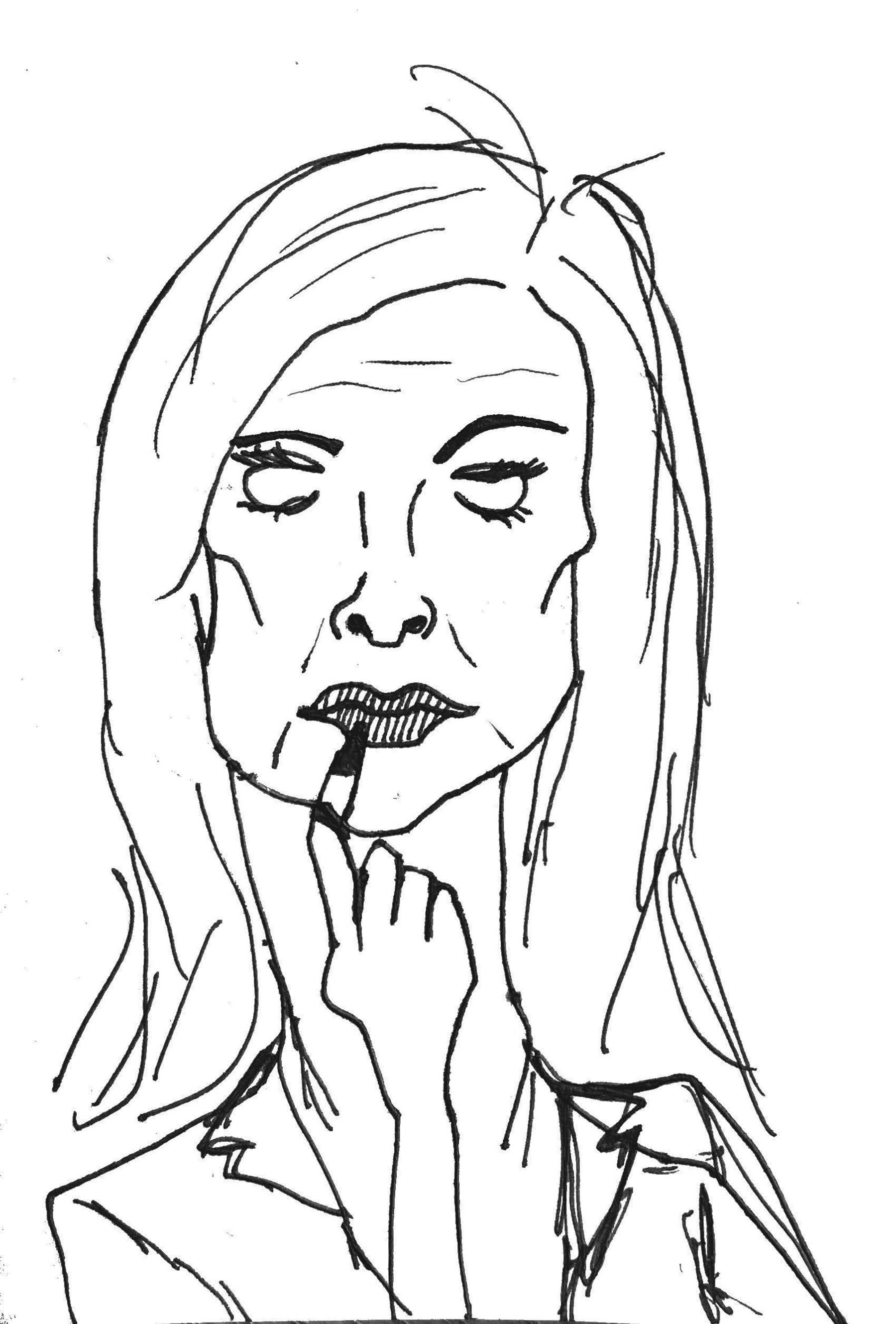
The curator in crisis
In this disturbing film, Huppert takes on the role of Claude, a bookish curator of Oceanian sculpture at the Musée du Quai Branly who owns at least three different pairs of glasses and wears too much orange. One night, she is reluctantly dragged to the opening of a group show at a hip project space by her niece Soisic - and crisis ensues. In a heart-wrenching scene, Claude realizes that she is much more stimulated by mediocre figurative paintings of famished proto-balenciaga models than she has ever been by New Guinean totems. She runs home and spends the night googling things such as ‘galeries vraiment cools paris et environs’ and ‘what is contemporary art daily’ on her hyperventilating Dell laptop while nervously slurping herb tea. For the next hour, we then witness the violent dislocation of Claude's self, as she quits her job and tries to start anew as an independent organizer of emerging contemporary art exhibitions, only to be cruelly rejected by the community of privileged, nonchalant twentysomethings who control this trendy niche. The movie ends with an ambiguous scene of Claude working as a saleswoman in a fast-fashion store, alienated by the iron fist of hyperonsumerism and therefore embodying, in a way, the art she so desperately wanted to champion.
The vengeful epicurean collector
Isabelle Huppert, sporting a short haircut that clearly costs more than your rent, becomes Marie-France, an Aix-en-Provence-based collector living a quaint, blessed life – until her husband Charles files for divorce, having decided to leave her for their daughter's kinesiotherapist. In typical French manner, Marie-France is barely moved by Charles' infidelity; she is however livid at his sudden removal of their art collection from the 17th-century hôtel particulier they live in. But Huppert's character is resourceful: she moves to her Provencal country house and while wandering its vast grounds, comes up with a plan to get her star-studded, fabulous collection back. What follows is a delightful succession of lunch and dinner scenes, as Marie-France hosts her favorite artists, gallerists, fair directors, and high-profile curators for lavish meals at her picturesque estate, truculently manipulating them into believing that Charles is nothing more than a fraud who knows nothing about art. An Avaaz petition is launched and shared on artforum.com, and signed by more than thirty-thousand people, ultimately helping Marie-France recuperate her treasures of conceptualism. The movie concludes with a scene in which Huppert, holding a glass of expensive white wine, instructs workers how to correctly place an outsized Ann Truitt sculpture by her infinity pool.
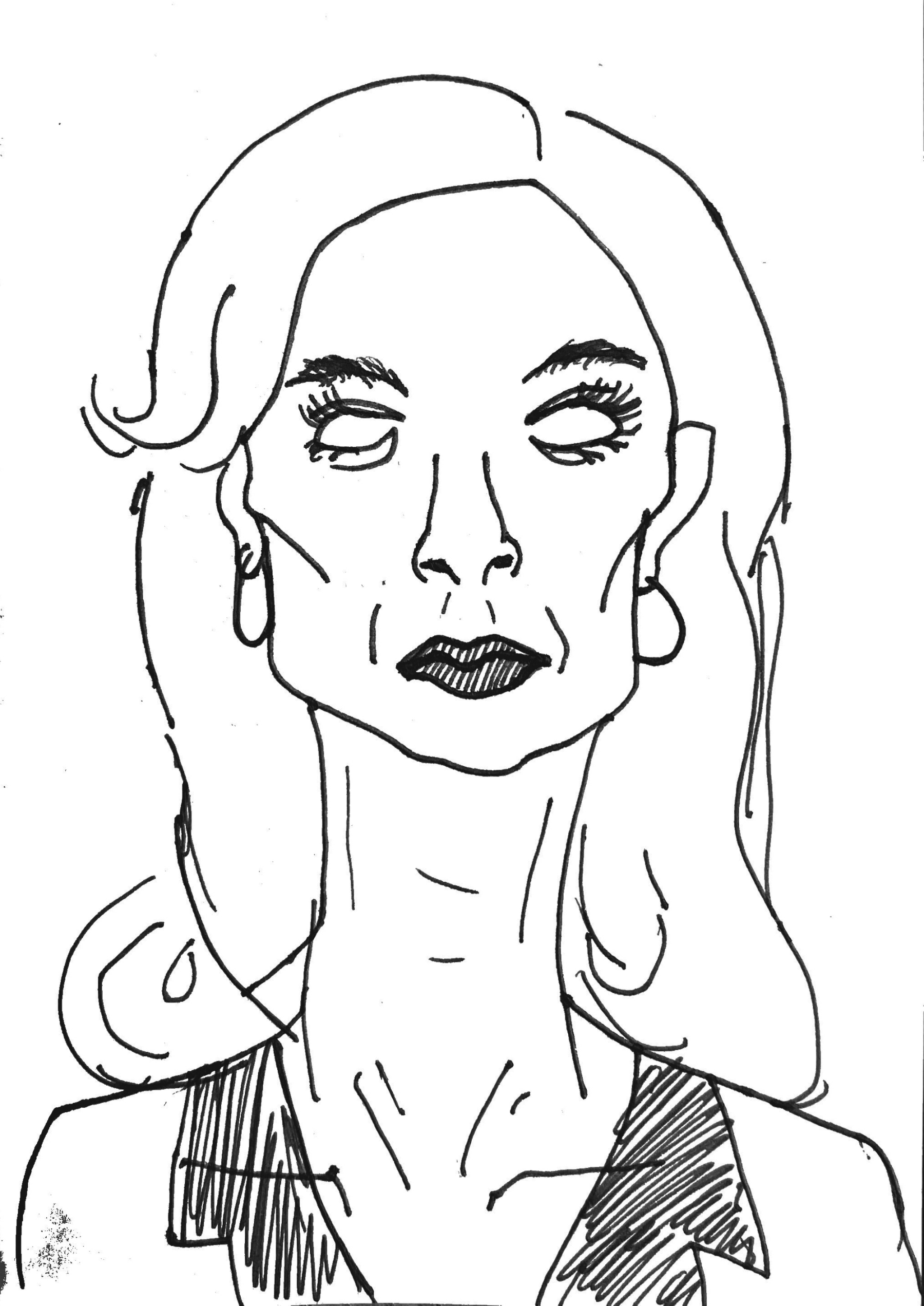
The reflective critic
In 'la foi et le temps' (faith and time), Isabelle Huppert plays Claude-Francoise Klopp, a conservative French magazine’s art critic. Shot in a single cut, the movie documents Claude-Francoise visiting the Gwangju Biennial press preview and progressively opening up to new horizons, which also triggers her to question her catholic faith. For over four hours, Klopp interacts with more than twenty uncanny characters, including a Vietnamese perfumer, a mute Georgian priest, a Pakistani poet, and a taciturn Togolese architect. But it is her encounter with an ancient mummified Incan girl – part of an installation by the Georgian priest, who, as we find out, is a participating artist – that resolves the movie’s rather unclear equation. Liberated by this powerful confrontation with death and memory, Claude-Francoise runs out of the exhibition space and proceeds to call her estranged twin sister from her Nokia 3310, in a tearful tour-de-force aimed at waking up audiences who, by then, will probably have fallen asleep. Celine's head designer Hedi Slimane provides the costumes, once again proving that nobody is more qualified to infuse uninventive clothes with bourgeois drabness than him.
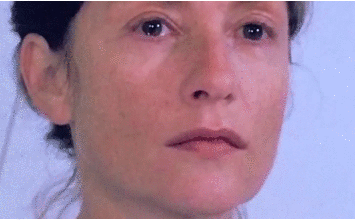
The kinky museum guard
This twisted erotic tale sees Huppert as Francoise-France, a guard at an unnamed private foundation. Details such as her sad sandwich lunches and endless, bleak Parisian commute first lead us to believe that Francoise-France’s life is duller than a slab of dirty concrete. But fifteen minutes in, we witness her exposing a nipple to a visitor, and learn that she finds delight and excitement in a subtle form of on-the-job exhibitionism. What’s more, the kinky guard is especially prone to revealing parts of her anatomy to young art nerds of all genders; consequently, close-ups of trembling, barely moustached upper lips and quivering nostrils dotted with cavernous pores abund. This risky game finds a dynamic end when the foundation’s director Carole, played with supreme hauteur by Catherine Deneuve, discovers Francoise-France’s eccentric hobby and confronts her. This, of course, sparks a virulent fight between the two women, in which a Cy Twombly canvas is slashed, a Jean Trouvé desk ruined, and a Louise Bourgeois bronze almost repurposed as a murder weapon. The battle - and the movie - culminate with Huppert and Deneuve collapsing onto each other, exhausted, to the sound of Handel’s Lascia ch’io pianga reinterpreted by Christine and the Queens.
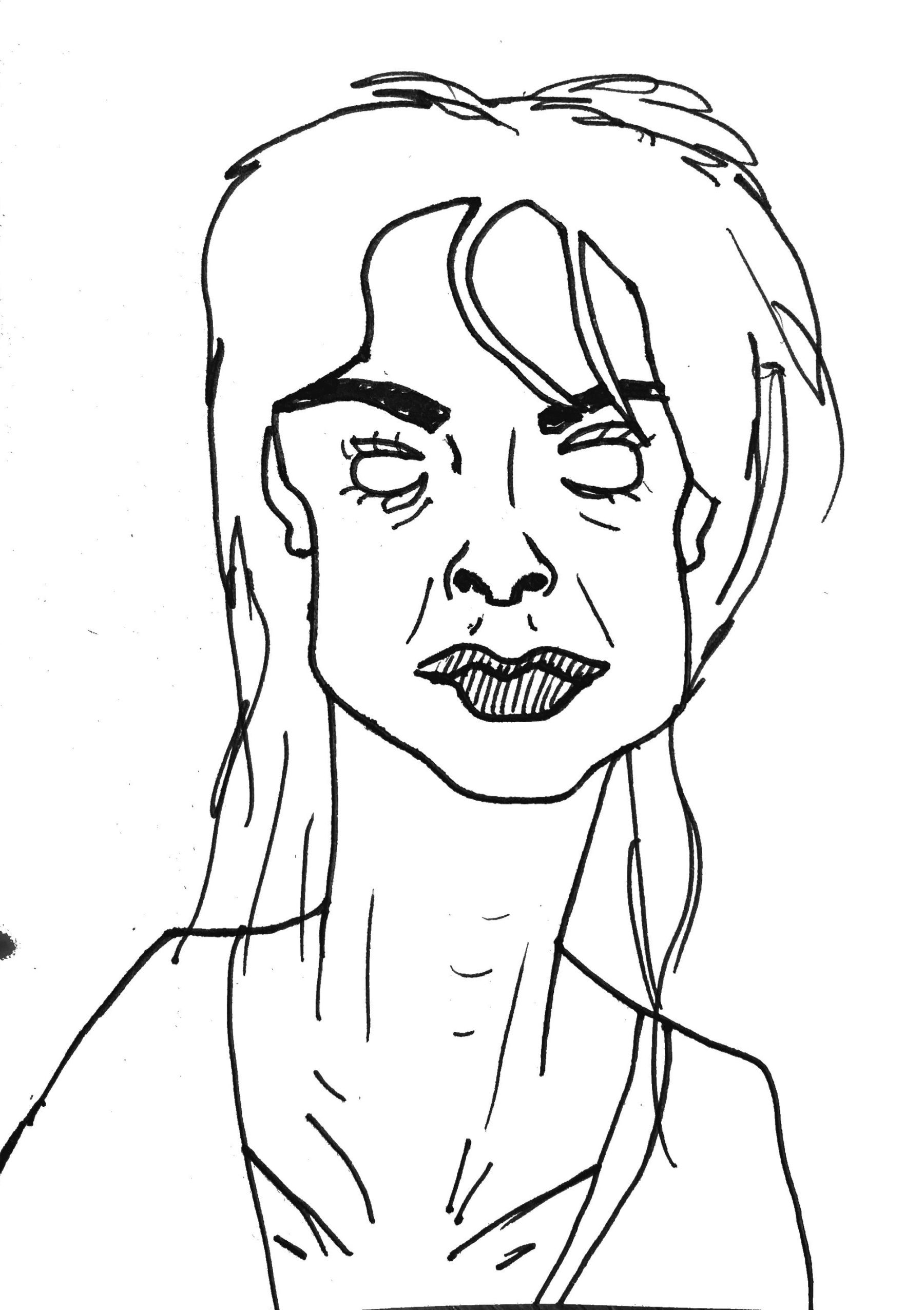
The radical performance artist
'Une vie brulante' (a burning life) follows the epic career of trailblazing performance artist Marie-Francoise-Claude France-Claude. The character, a loose aggregation of Carolee Schneemann and Marina Abramovic - minus the nudity - starts her trajectory, rather inexplicably, in 1970s Bern. With the generous aid of CGI and an accent coach, Isabelle Huppert goes from rebellious Swiss German teenager to grande dame of the international artworld, continuously wrapped in shawls and turbans and countless other loose pieces of fabric. But Marie-Francoise-Claude's themes of predilection are not, as critics bitterly point out, sex and death: instead she builds a successful career on the performative expression of mathematics and Kant’s deontological moral theory. Many long minutes of the movie show Huppert calmly turning the pages of a beige book, while taking notes on an even beiger notepad. We are granted explosive discussions about the meaning of the number 3 with a fictional Harald Szeemann; strenuous preparations for a performance at Tate Modern; and in a surrealist turn, an encounter between the artist and her favorite German philosopher, played by Seth Rogan, in a chilly Kaliningrad / Königsberg church. For this Helvetico-Germano-Franco-American production, Huppert will finally win an Oscar, which has until now scandalously evaded her.
